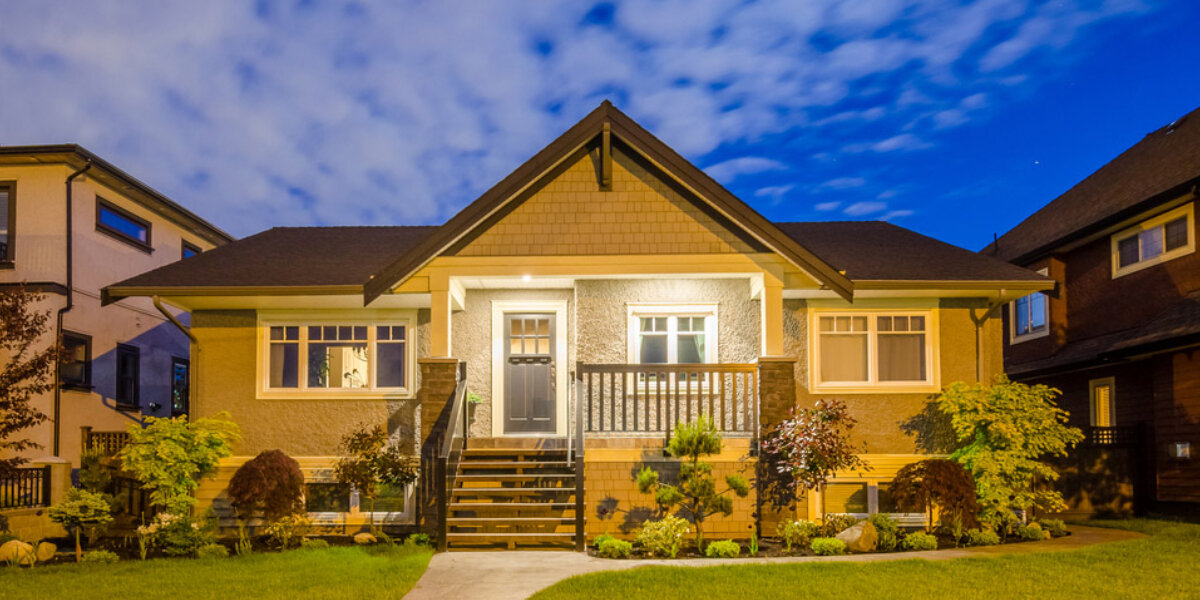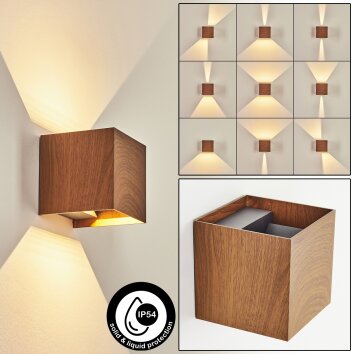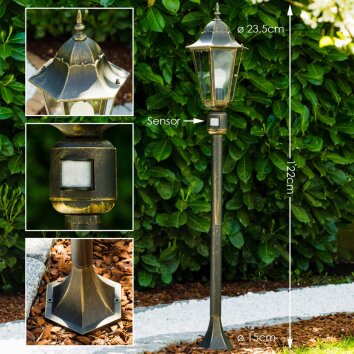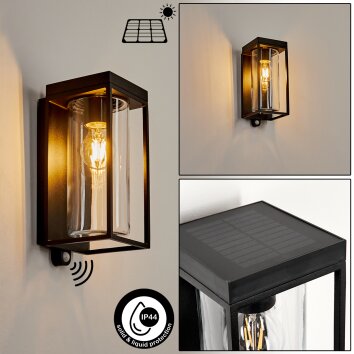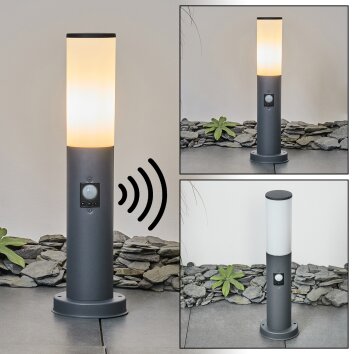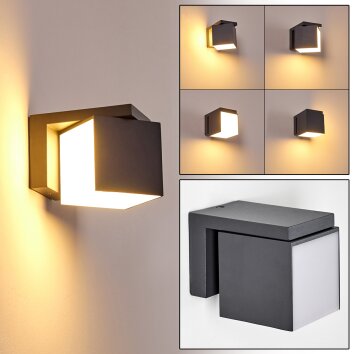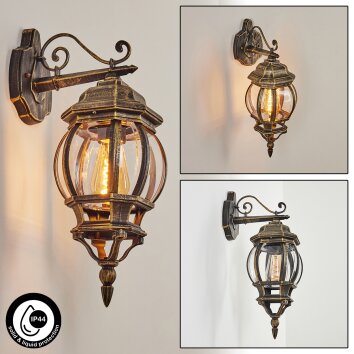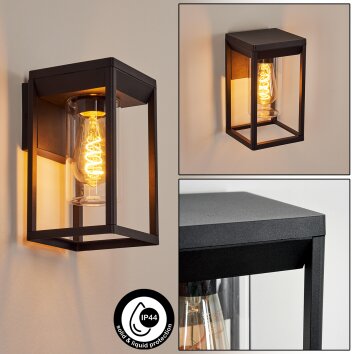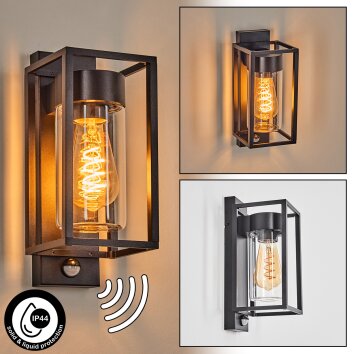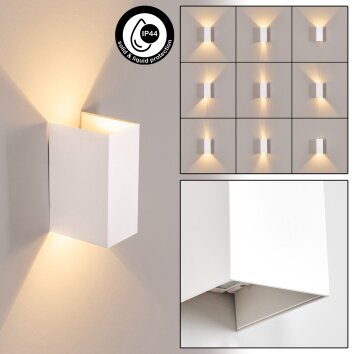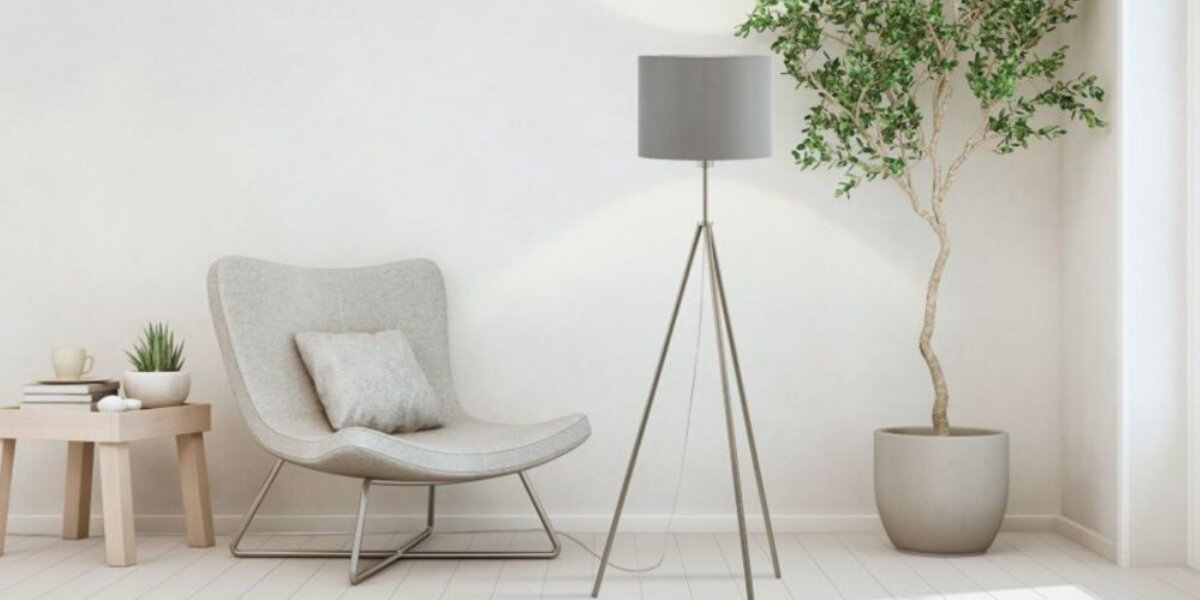Adequate lighting makes sense not only indoors, but outdoors too. More and more people are recognising the importance and aesthetic value of well-designed outdoor lighting for properties and gardens, especially along important routes. Terraces and balconies, where people spend a lot of time, also need functional and atmospheric lighting. The entrance area of the house also needs appropriate outdoor lighting.
The most important function of outdoor lighting is to provide safety for anyone walking around the site in the dark. Therefore, path lighting plays a central role; with proper outdoor lighting, expensive liability claims due to accidents are virtually eliminated. Secondly, outdoor lighting increases the comfort of evening gatherings in the garden. When it comes to planning garden lighting, you are spoilt for choice: the range of options is almost endless. Aesthetics are also important, as beautiful outdoor lighting enhances the overall visual impression of an outdoor space, not just when the sun goes down.
When designing outdoor lighting, it is important to consider the IP ratings that each luminaire must meet, depending on its exact location. Brightness and light colour should also be carefully considered. Power connections and ease of operation also need to be considered.
What outdoor lighting? The main decision criteria at a glance:
- Purpose: path lighting, entrance lighting, house and grounds illumination, decorative lighting for garden parties, etc.
- IP device class: What level of weather protection is required?
- Brightness: What light output (measured in lumens) should the outdoor lighting provide?
- Light colour: What colour temperatures in Kelvin (e.g. neutral white) are appropriate?
- Power supply: Plan for secure wiring or opt for solar lights.
- Ease of use: Should it be possible to control outdoor lighting from inside the house? Are motion detectors or twilight switches an advantage?
The choice of outdoor lighting is now so great that it is advisable to get an overview first. There are different ways of categorising outdoor lighting, for example, front door lighting, path lighting and pond lighting, depending on the intended use. Outdoor lighting can be categorised as follows:
Types of outdoor lighting at a glance
- Outdoor ground lighting: Generic term for any outdoor lighting that rises from the ground - from small globe lights on a stand to lamp posts over two metres high.
- Outdoor wall lights: Usually provide a decorative zone and orientation light.
- Outdoor lanterns: Available in countless designs, from classic wall lanterns to modern garden lanterns.
- Outdoor spotlights: Deliver targeted direct light. Wide range from discreet recessed spotlights to powerful façade spotlights.
- In-ground recessed luminaires: Sits flush with the ground, taking up no space. Can be used for both security and decorative purposes.
- Path lights: Installed at the edge of paths to provide safety. These are usually lamp-posts or bollards.
- Lamp Posts: Multi-flame lanterns/lamp posts. Usually over two metres high and therefore able to illuminate a wide area.
- Lamp Posts: Rise high and vertically.
- Bollard luminaires: Half-height (max to waist height) luminaires, often rising vertically.
- Pedestal luminaires: Usually lower than bollards. Particularly suitable for eccentric positions such as pedestals, wall towers, landings and other projections.
- Motion sensor outdoor lights: The sensor switches the light on and off automatically and fully as required.
- Outdoor lights with socket: Useful for plugging in garden tools.
- Solar lights: No electricity bills as they recharge with sunlight during the day.
- Decorative outdoor lights: For example, LED fairy lights for tree decorations and beautifully shaped globes for the garden pond.
- House number lights: Illuminated house numbers improve orientation.
- Underwater lights: Are so well insulated that they can be used underwater.


